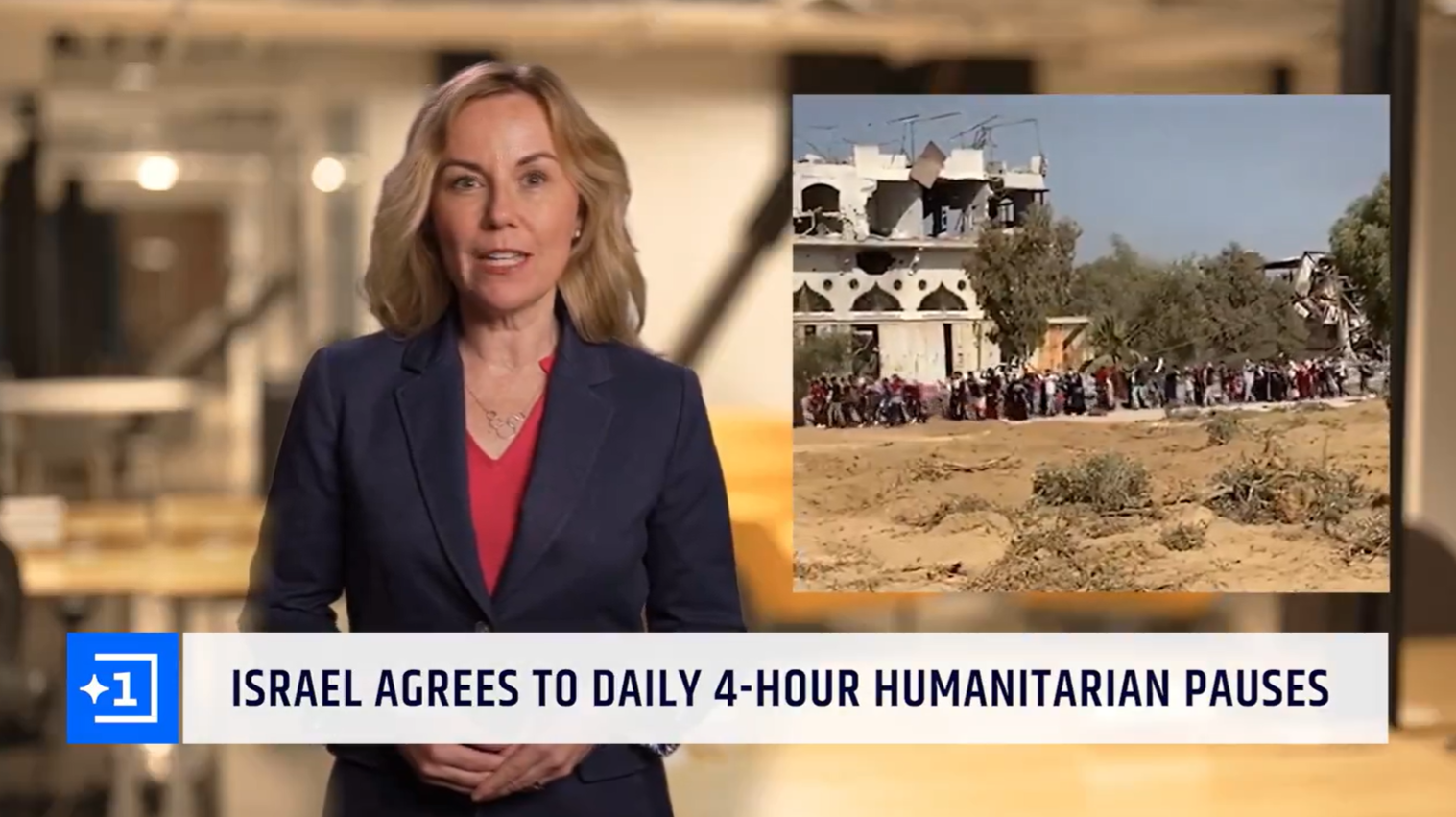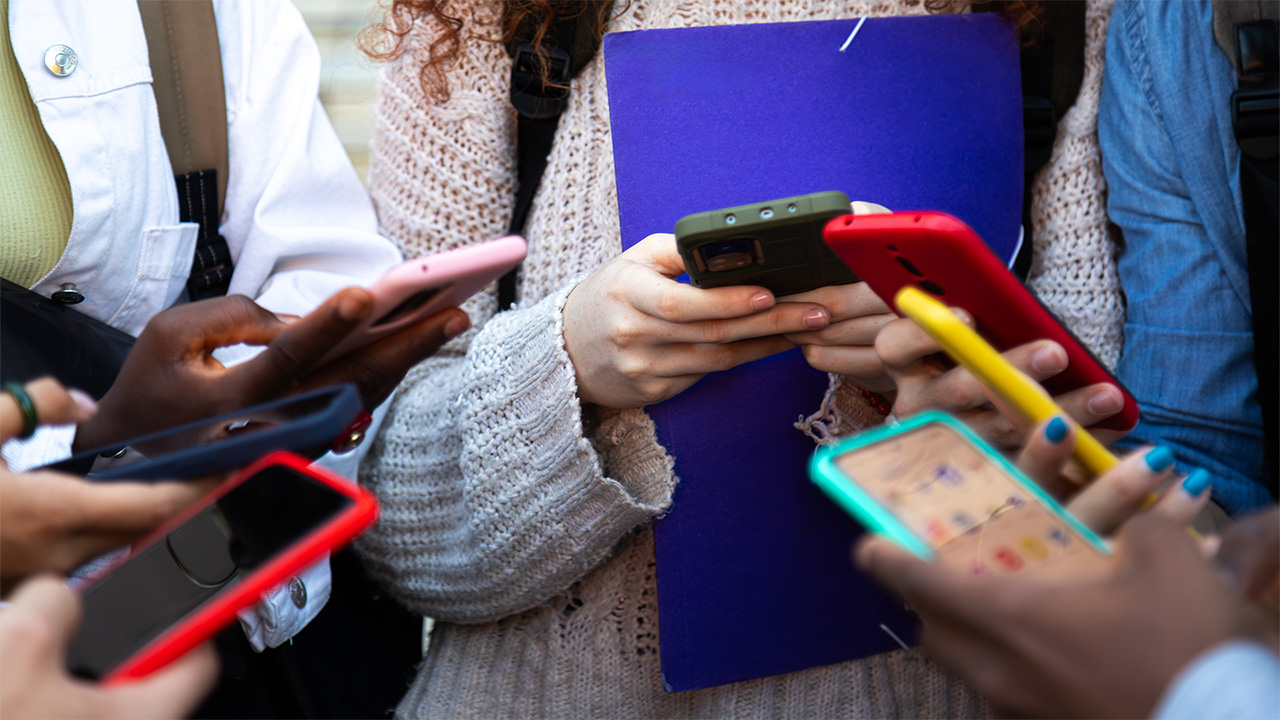Breaking the news — AI avatars entirely replace human newscasters for the first time

A newly created news channel presented entirely by artificial intelligence avatars has been revealed. Channel 1 is launching in February and includes virtual anchors and reporters, but to showcase what is possible its owners released a demo episode on X and its own website.
In the episode, a very real-looking avatar opens the show much like a human anchor would on a news channel. There are real and generated clips reflecting what the anchor is saying. It moves to a second avatar to explain the concept in more detail.
Channel 1 is a technology and media startup by Adam Mosam and producer Scott Zabielski. It has been designed for global distribution, with every video translated into different languages and output changing to reflect the interests of viewers.
How does Channel 1 get its news?
See the highest quality AI footage in the world.🤯 - Our generated anchors deliver stories that are informative, heartfelt and entertaining.Watch the showcase episode of our upcoming news network now. pic.twitter.com/61TaG6Kix3December 12, 2023
The promotional video seems to suggest that Channel 1 stories will be drawn from sources around the world, much the same way many news websites operate. The difference is that story selection and editorial decisions will be taken in part by artificial intelligence.
Humans are still involved in this generative AI program, with editing and production signed off by trained editors, and copy written by journalists. However, the on-screen output and some story selection come from the AI. Some segments will also be AI-generated where “cameras don’t have access.”
There are three sources for the news, independent journalists paid a freelance rate, AI-generated news from government documents and other trusted sources, as well as the use of reporting from an outside agency.
How do they ensure accuracy?
Mosam said in an interview with Deadline that humans would be in the loop at every step of the editorial process. He also added that Channel 1 is "very clear that the audience at every point in time knows exactly what they are looking at if there has been some sort of AI modification."
Get instant access to breaking news, the hottest reviews, great deals and helpful tips.
There will be a staff of about 11 people including a yet-to-be-hired Editor in Chief. Production costs will be significantly cheaper than traditional news networks as they won’t have to rely on crews to gather material or reporters to do a deep dive into a complex document.
To ensure viewers know when AI has been involved in the visuals of a segment, or used to change something real, an icon will appear in the corner of the screen. This will include when translation algorithms have been used on real people.
So are there real people involved?
In the Deadline interview Zabielski said the aim was to replace the anchors who do nothing more than read off Teleprompters, not the actual journalists writing and researching stories. It provides a way for off-camera reporters to have their work showcased, including creating virtual avatars for them to present their work on camera.
In the showreel episode, you hear an anchor giving an "in-brief" roundup of the latest stories. You see them speaking over real footage from sources like Al Jazeera of Gaza, then footage from Ukraine. It feels very much like a traditional cable news show with a swift move to showbiz with a different anchor, and then on to sports.
The show is a combination of real news footage and stories mixed with generated anchors. Human journalists are researching and writing copy, supported by artificial intelligence to analyze sources and provide input. The AI then showcases the content on the screen.
Mosam said the AI-generated anchor is more than just a moving picture and synthetic voice, explaining that it has a ChatGPT-like model behind it to provide it with both personality and flexibility. This could down the line include having its own memory and tone of voice but tailored to different parts of the world.
When will Channel 1 be available?
Channel 1 is expected to launch early next year on streaming services like X, but also on FAST and other traditional platforms. The end goal, said Mosam, is to have viewers watch using an app where they can customize any aspect of their viewing experience.
I’ve been a journalist for more than 20 years, working across newspapers, TV, radio and digital output. Every new technology changes the industry and AI is no different. The challenge will be to ensure that we continue to highlight what is and isn’t real.
More from Tom's Guide
- StabilityAI launches new AI chatbot — this one runs on your laptop and generates text faster than you can read
- Outlook for Windows is getting a big upgrade with Copilot AI integration
- I tested YouTube’s new AI feature — what it does and how it works

Ryan Morrison, a stalwart in the realm of tech journalism, possesses a sterling track record that spans over two decades, though he'd much rather let his insightful articles on AI and technology speak for him than engage in this self-aggrandising exercise. As the former AI Editor for Tom's Guide, Ryan wields his vast industry experience with a mix of scepticism and enthusiasm, unpacking the complexities of AI in a way that could almost make you forget about the impending robot takeover.
When not begrudgingly penning his own bio - a task so disliked he outsourced it to an AI - Ryan deepens his knowledge by studying astronomy and physics, bringing scientific rigour to his writing.
